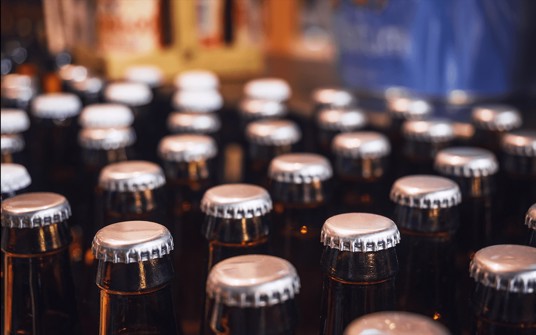A nudge and a wink: applying behavioural science
Behavioural science has become a hot topic, but how useful is it and can it help marketers gain a competitive edge?
Behaviorial economics is the science of human decision making – particularly the interplay between our rational thinking and our ‘biases’ - the consistent patterns of behavior that deviate from rational, self-interested behavior.
These biases have been the subject of research and testing by social scientists for decades, but are now being increasingly harnessed by advertisers to drive business value for brands.
Richard Shotton’s 2018 book The Choice Factory catalogued many of these biases and explained how they could be used in the context of marketing. For example, Shotton highlights the ‘bystander effect’ - the phenomenon of people acting less altruistically if they know there are other ‘bystanders’ who are also in a position to help. The more diffused the responsibility, the more likely an individual is to leave it to others – meaning that the more people you ask for help, the less likely any one of those people is to help.
Shotton applied this thinking to his work for the NHS Blood Donation Service. He discovered that by regionalising the NHS’s ad messaging, he could reduce the bystander effect and increase individuals’ likelihood to donate. The messaging was adapted for each area it was running, so instead of ‘Blood stocks are low in the UK’ it became ‘Blood stocks are low in Birmingham’, or ‘Blood stocks are low in Basildon’. With just this small change to the copy, donations increased by 10%.
Other important biases relate to how consumers engage with pricing. We assess value based on comparison (price relativity bias), and this gives marketers opportunity to set the terms a brand or product is compared with.
One recent example of a brand who did this successfully is Nespresso. Nespresso has a very high cost per gram price – if it was sold in half kilo bags they would cost £35, making it seriously uncompetitive against other brands who sell coffee in bags. They instead sold them in one-cup-serving plastic pods – which (along with their advertising efforts) enabled them to shift the comparison set to a cup of coffee in Starbucks or Costa. Compared with a £3 cup of coffee, a 47p pod seems quite reasonable. By using consumers’ innate price relativity bias in this way, Nespresso were able to position as good value without having to change the per gram price at all.
The rise of behavioural economics has not come without criticism. One of the biggest complaints is that it uses scientific language to dress up what are at root some fairly ordinary and unsurprising ideas. In the words of The Atlantic’s Andrew Ferguson ‘Believing that “a bird in the hand is worth two in the bush” thus becomes loss aversion. “Counting your chickens before they’re hatched” gets the fancy treatment as projection bias. If you prefer information that seems agreeable to your point of view, social science teaches that you suffer from confirmation bias—no less a defect for having been shared by every human being who ever lived.’
"Not all behavioural insights are aligned with common wisdom, in fact some are deeply counter-intuitive"
To some extent I think arguably there’s truth in this. However, not all behavioural insights are aligned with common wisdom. In fact some are deeply counter-intuitive, and up-end our expectations of how humans make decisions.
This year we planned and executed the Christmas campaign for The Mall at Cribbs Causeway. The client was eager for a creative refresh, and wanted something striking and different to achieve impact in the run-up to Christmas.
In order to do this, we looked to the “pratfall effect”. First documented by psychologist Eliot Aronson in the 1960s, this is a bias that leads people to warm more to people, products or brands that exhibit flaws and admit imperfections. While this seems counter-intuitive, some of the most successful ad campaigns in history (for example Stella Artois’ “Reassuringly Expensive” tagline) use this bias – by highlighting a flaw in order to increase the credibility of the core proposition.
We researched the most common negative perceptions and complaints around The Mall, and incorporated them in a playful and fun way for our creative.
As well as helping to make advertising more effective, there is also an argument that behavioural economics provides a scientific grounding that marketing is sometimes lacking. We know that it can be hard for marketing teams to have their voice heard in a corporate world dominated by left-brain thinking. Marketing’s reliance on ideas and creativity can at times be its Achilles heel - as Rory Sutherland says, “it’s hard to challenge a spreadsheet with a moodboard”. Behavioural economics, with its emphasis on academic research and data, is thus a valuable tool for marketers and their agencies to explain how advertising messages alter consumer choice outcomes, in turn driving increased business value.
“It’s hard to challenge a spreadsheet with a moodboard”
The value of behavioural science, then, is twofold. Firstly, it uses our ever-growing understanding of human decision-making to give businesses and their agency partners a framework through which to generate stronger, more effective ideas. Equally importantly, it also offers a vocabulary and a scientific grounding with which to elevate and justify those ideas in the boardroom.
If you want to understand how behavioural science techniques could help give your customers that extra nudge, get in touch with Tim, we would love to help.



